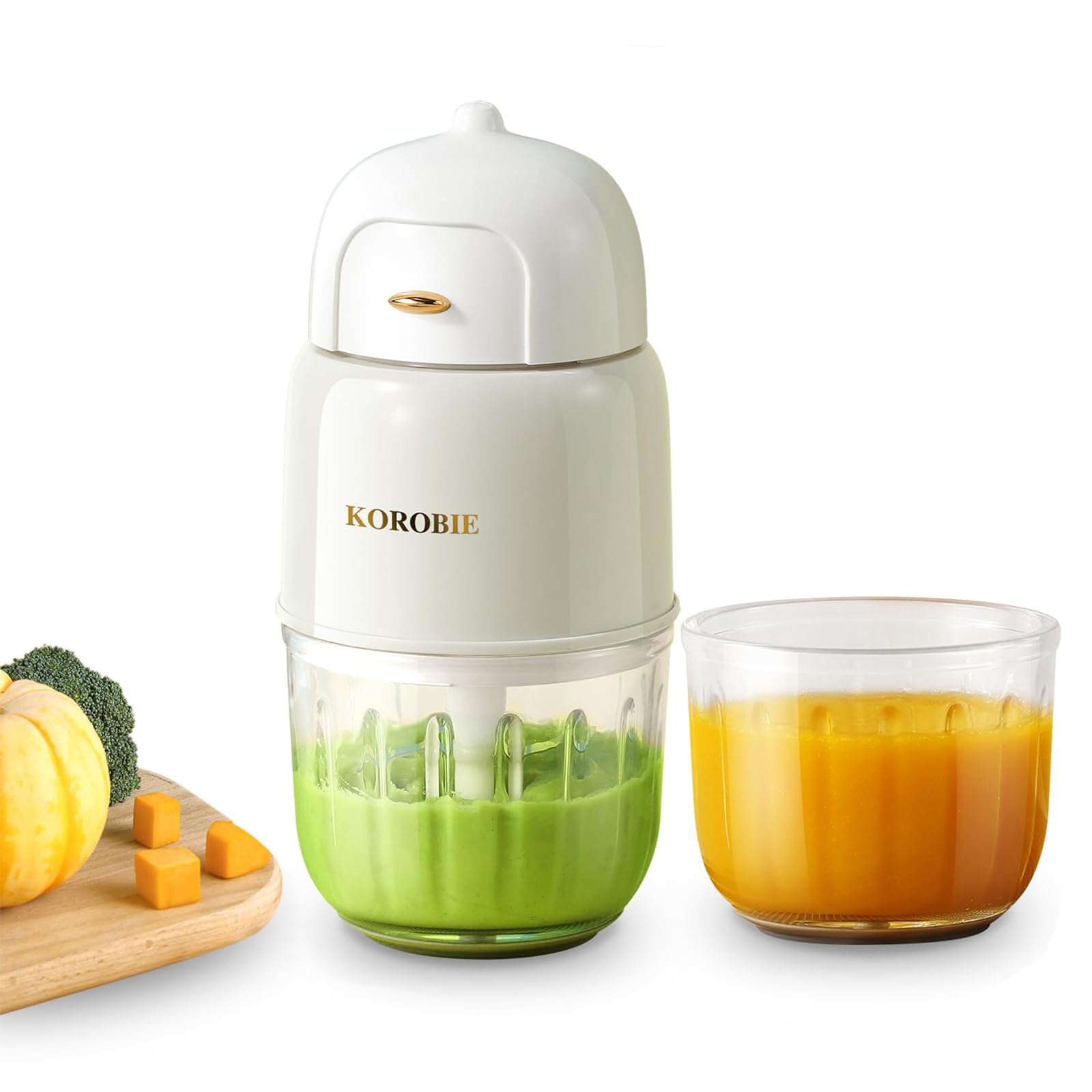10 years of experience as a food machinery equipment manufacturer
10 years of experience as a food machinery equipment manufacturer
Preparing homemade baby food can be a rewarding task for parents, ensuring fresh and nutritious meals for their little ones. When introducing proteins like meat into an infant’s diet, achieving the smooth consistency of puree is essential. An automatic chopper designed for meat puree simplifies this process, offering efficiency and consistency. This device typically features blades and settings tailored for breaking down cooked or raw meat into fine textures. By following straightforward steps, caregivers can create perfect purees without the hassle of manual methods, such as using knives or blenders that may not yield uniform results.

Before starting, it’s important to prioritize hygiene and safety. Always wash hands thoroughly, and ensure the chopper and all utensils are clean to prevent contamination. Additionally, select lean cuts of meat to minimize fat content, which can be harder on babies’ digestive systems. Cook the meat to recommended temperatures to eliminate bacteria, allowing it to cool slightly before processing—this helps maintain nutrients and ensures safer handling. These preparatory measures lay a solid foundation for the chopping process, making it smoother and more reliable.
To operate the chopper effectively, follow this simple sequence of steps. First, cut the cooked meat into small, uniform cubes. Pieces no larger than one inch are ideal, as they reduce strain on the device’s motor and lead to quicker, more consistent results. Most choppers include clear guidelines for maximum capacity, so avoid overfilling to prevent jams or uneven chopping.
Consistency is key to baby food success, and several practices can enhance the automatic chopper’s performance. For leaner textures, pre-cook the meat to tenderness—steaming or boiling are gentle methods that soften fibers. Blend in small batches to maintain control over the outcome; larger quantities can lead to inconsistent puree quality. After chopping, test the puree by pressing a small amount between your fingers—it should be smooth with no lumps, ideal for spoon-feeding.
After use, prompt cleaning is crucial for longevity and hygiene. Disassemble removable parts like blades and containers, then wash with warm soapy water. Many choppers are dishwasher-safe, but check manufacturer instructions to avoid damage. For storage, transfer puree to airtight containers and refrigerate or freeze immediately; label with dates to track freshness, aiming to use within three days for best quality. This routine minimizes effort while safeguarding health.
Using this device offers several advantages that simplify daily routines for caregivers. Time savings are significant, reducing meal prep from hours to minutes—ideal for busy parents juggling multiple responsibilities. Hygiene is enhanced compared to manual methods, as enclosed chopping minimizes exposure to external contaminants. Texture control allows customization to suit babies’ developmental stages, from smoother purees for beginners to chunkier versions as they grow. These factors contribute to consistent, high-quality meals that support balanced nutrition.
Regular use can also encourage a diverse diet. Experiment with different meats like chicken or beef, or mix in vegetables during the chopping process for varied flavors. Such versatility promotes healthy eating habits without overwhelming effort. Furthermore, the precision of automatic chopping helps prevent waste, as portions can be scaled to suit individual needs—supporting economical meal planning.
In conclusion, mastering a meat puree automatic chopper is straightforward with these easy steps, enabling caregivers to produce perfect baby food efficiently. By focusing on preparation, execution, and maintenance, the device becomes a reliable ally in nurturing infant health. As parents integrate this tool, the consistency and ease it provides can make homemade purees a sustainable choice, fostering wholesome development for the littlest eaters.
